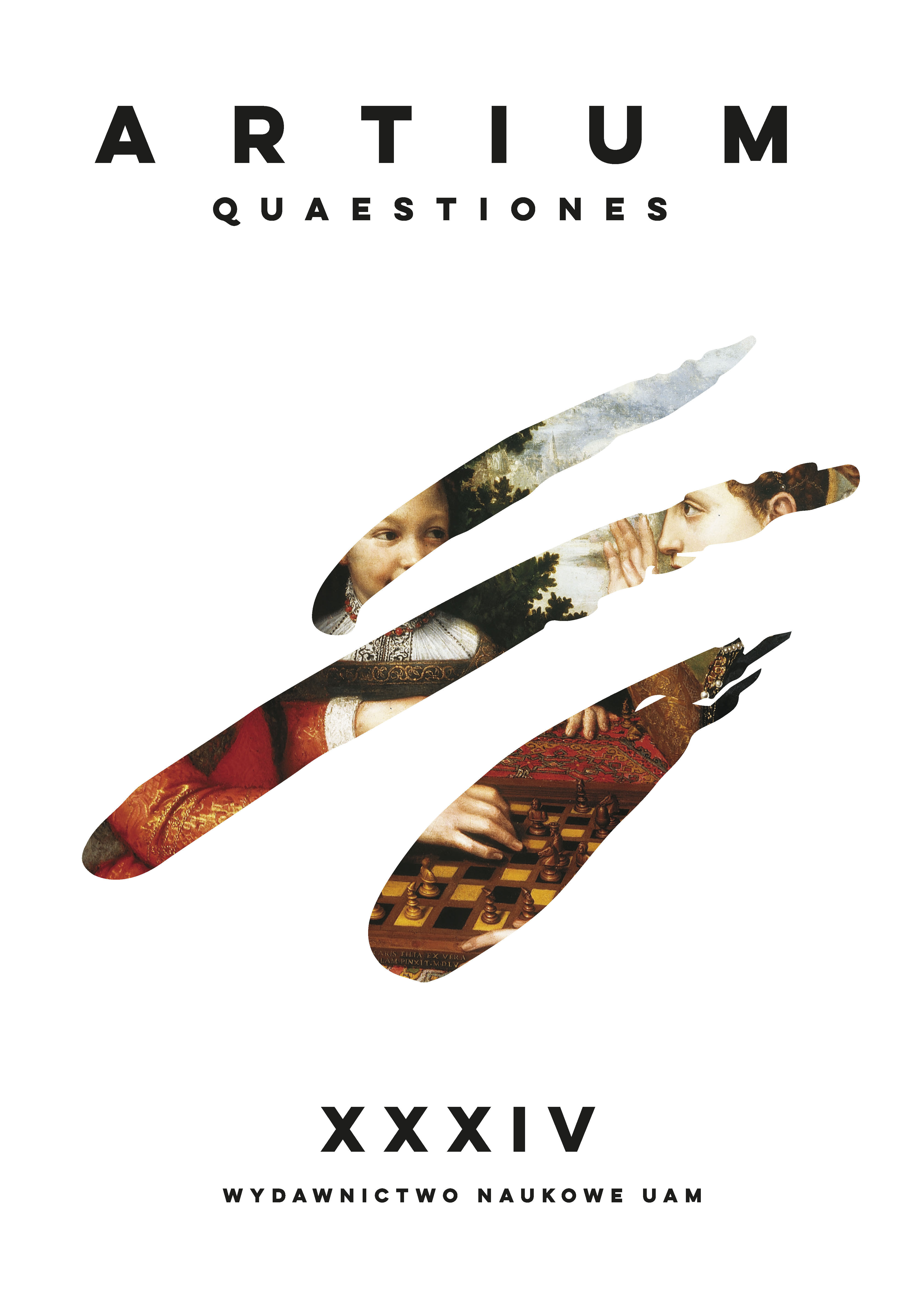VOM KULT ZUR MARKE. DAS NIETZSCHE-ARCHIV IN WEIMAR UND SEIN NETZWERK
BETWEEN CULT AND BRAND. THE COLLECTION OF THE NIETZSCHE ARCHIVE IN WEIMAR
Author(s): Maren-Sophie FünderichSubject(s): Visual Arts, Archiving, Sociology of Art
Published by: Uniwersytet Adama Mickiewicza
Keywords: Cultural modernism; arts and craft; economic branding; Henry van de Velde; Eli- sabeth Förster-Nietzsche; Harry Graf Kessler;
Summary/Abstract: The Nietzsche Archive in Weimar, which was reorganised by Elisabeth Förster-Nietzsche (1846–1935) after the death of her brother Friedrich Nietzsche (1844–1900), is regarded as an example of an outstanding collection that stands for the dawn of modernity around 1900. The circumstances of how Nietzsche’s sister managed and expanded the archive in Weimar clearly show the structure and development of a network. The archive is located on the ground floor of “Villa Silberblick”, a representative Wilhelminian villa on the outskirts of the city, which Förster-Nietzsche had moved into in 1897, and where she cared for her brother and where she remained after his death. This collection in the Nietzsche Archive includes furniture and interiors that Förster-Nietzsche had commis- sioned from the up-and-coming Belgian architect Henry van de Velde (1863–1957). She wanted to create a place for the Nietzsche cult, which she pursued with all her might, and to have her brother’s works translated into interior design. She was helped in this by patron Harry Graf Kessler (1868–1937), who was looking for a reference project in Weimar for Van de Velde, the new artistic advisor to the young Grand Duke of Saxe- -Weimar, and recommended him to Förster-Nietzsche. With Van de Velde’s establish- ment, the Nietzsche Archive became not only a focal point of Nietzsche worship at the beginning of the 20th century, but also the centre of the “New Weimar”, a cultural- -political project for which Kessler and Förster-Nietzsche were able to gain the support of Grand Duke Wilhelm Ernst (1876–1926; reigned 1901–1918). The essay examines the spatial ensemble created by Van de Velde and relates it to the intended impact of this collection. It becomes apparent that Van de Velde consciously used mechanisms from advertising for this purpose. This fact is all the more astonishing, as the increasing com- mercialisation in trade and commerce was still met with rejection by social elites at the time. Yet Van de Velde was one of the few artists open to new marketing strategies and created an effective Nietzsche image with the help of product advertising, which was regarded as inferior. He was part of a network whose influential members successfully used social relations as a resource. According to their will, the Nietzsche Archive in We- imar served economic branding as well as cultic exaltation.
Journal: Artium Quaestiones
- Issue Year: 2023
- Issue No: 34
- Page Range: 161-195
- Page Count: 35
- Language: German

